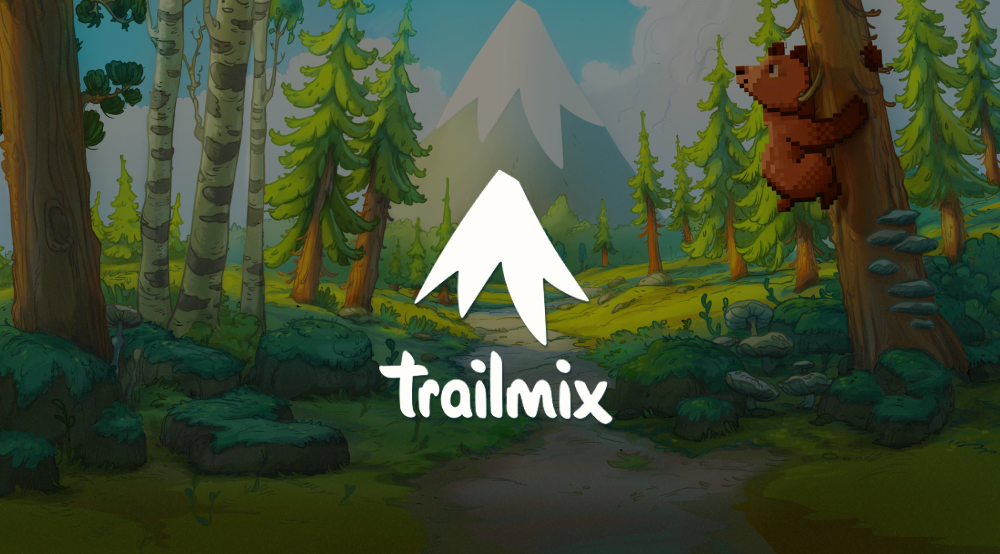ironSource Luna sat down with Yoojin Jung, Head of UA and Growth at Trailmix Games - a free-to-play mobile game studio based out of London - to learn more about Trailmix’s creative strategy. Read on for best practices on testing creatives, building creative frameworks that work, and optimizing creative concepts.
True or false: You don’t need to experiment with more ad formats if your existing one is already delivering results
False. We have clearly seen the best performance with video types of creatives across all networks. However, we keep experimenting with different formats like static images or playable ads. Thanks to these format experiments we’ve learned three things:
- Often, a set of ‘video + playable/interactive end cards’ perform better than ‘video + static end cards’ for the video networks.
- Static image formats can deliver a great CPI with high retention especially if you use Facebook AAA campaign
- Playable Ads can be picked up at scale on Google tROAS campaign
We could only find this out after experimenting with different ad formats.
Is there really a “one-size-fits-all” creative framework for all genres?
Our game ‘Love & Pies’ is a snackable and relaxing merge game with cafe renovation and delicious storytelling with diverse characters. We have an intriguing storyline, which we call ‘Delicious Drama’. What works for us is showing a character's (Amelia’s) emotional journey at the beginning. That appeals to our audiences.
We have our own creative framework that focuses on the players’ motivations and what kind of emotions we want to convey through UA creatives.
The main focus for us is to show a part of the story from the game, and players can unfold the full story as they play through. That’s why we always put the storytelling elements at the beginning and put the actual in-game experience following that.
I can confirm that most story-driven games have a similar approach. Also, nowadays more and more creative frameworks are driven by the player's motivations. To sum up, I believe there is no “one-size-fits-all” framework for all genres, but we can find the best way of approaching each product and develop the framework as we learn more.
What's been your biggest takeaway from optimizing/concept-testing creatives?
We’ve been testing a lot of different creative concepts to know what our audience loves and how we can approach it. Through this testing process, we’ve learned many things about our audiences and what appeals to them. Here is a summary of the main takeaways.
1) The most important thing is about knowing your product and understanding your audience. We found out our game’s amazing storyline and diverse characters are its strength throughout the testing journey. Based on that fact, we built our end-to-end creative strategy where we show the teasing storytelling as a first experience. Knowing your audience and identifying their motivation is the key for the creative concept testing
2) Secondly, we need to focus on customizing the best creatives for each network. It can be as simple as resizing or changing the length. However, it can also be very complex if you want to make a different format, mix with different gameplay (experience) and add some additional art effects or voice over effects.
3) Lastly, you can always polish up later once you find your best creatives. Often people want to make beautiful creatives even before validating the performance. I highly recommend creating quick creatives first and testing it out. Our best performing creatives are mostly three times polished/upgraded versions after validating creative winners.



